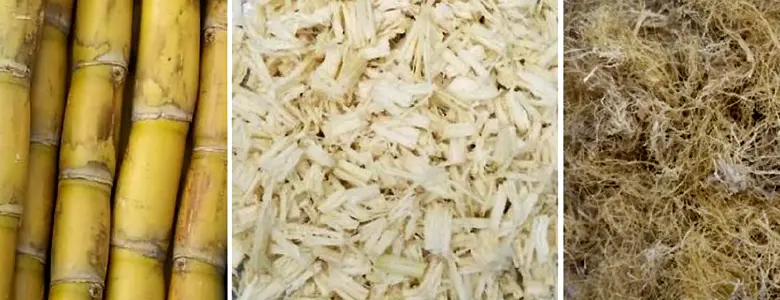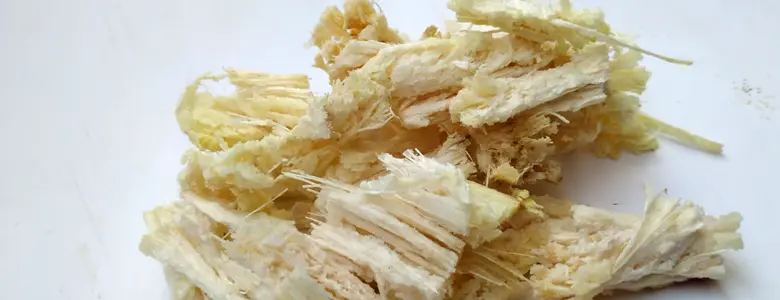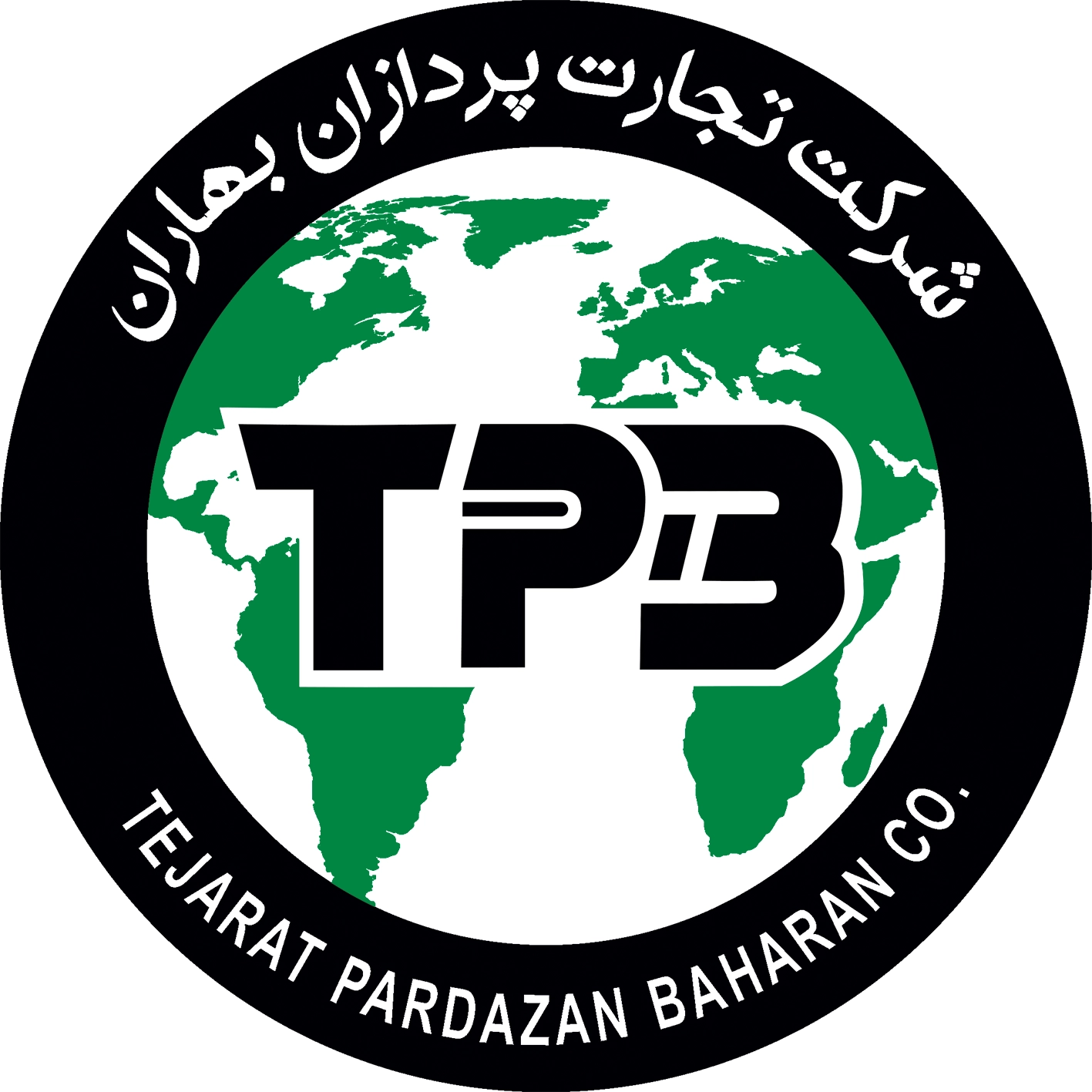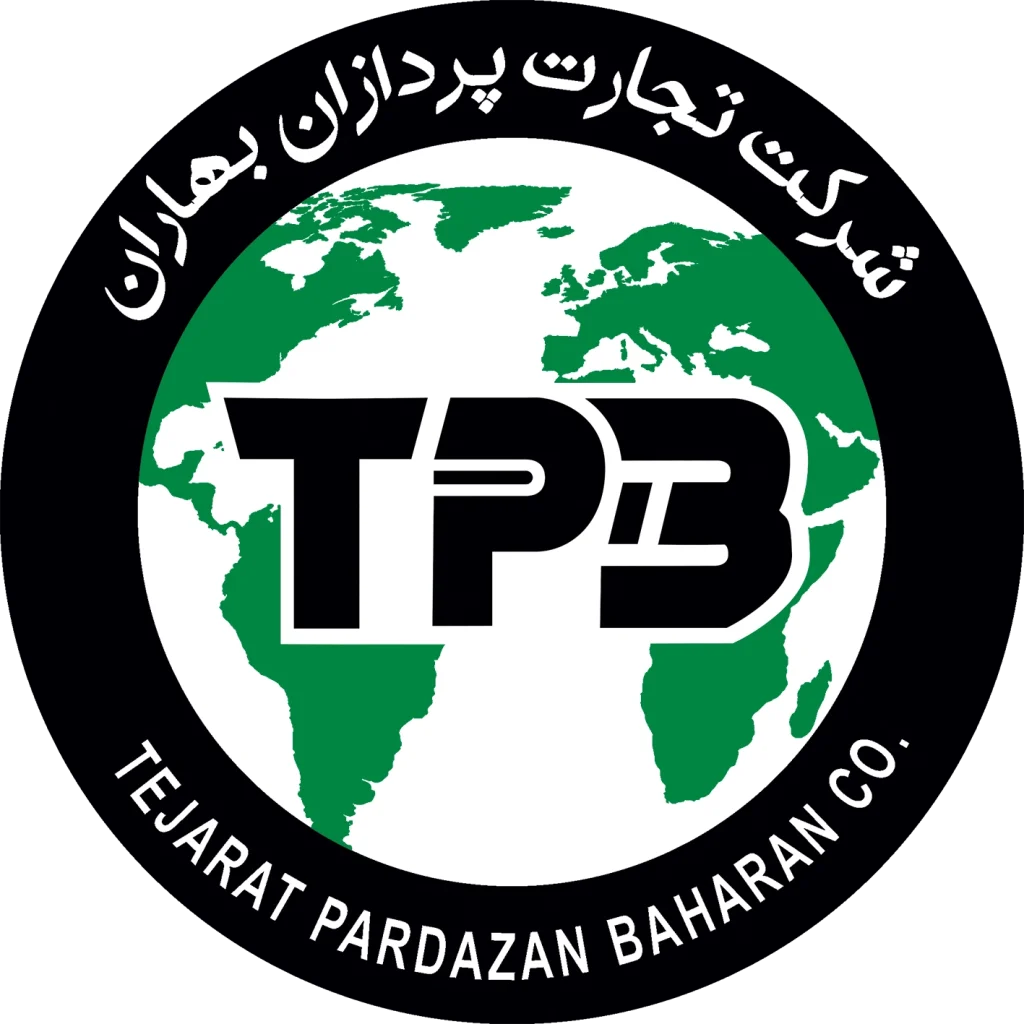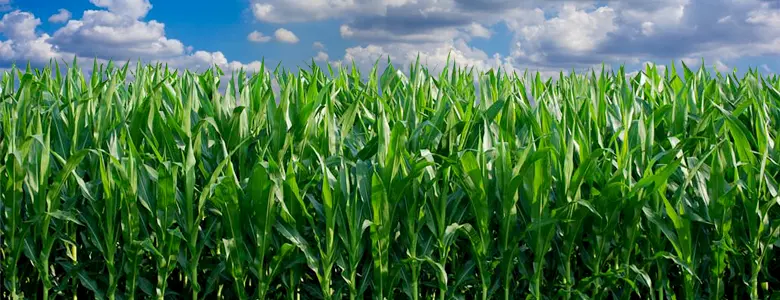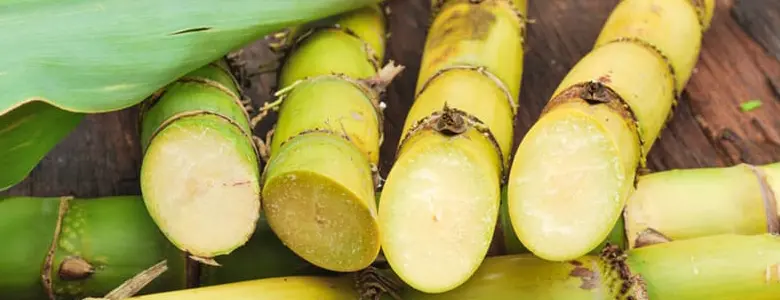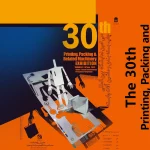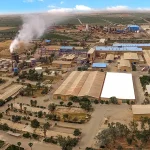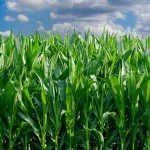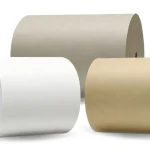Bagasse is a byproduct of the sugar production process from sugarcane. When the sugarcane stalks are crushed, a dry, papery material remains, which is called bagasse. Of course, there is a similar substance called agave bagasse, which is obtained from the agave plant. Bagasse obtained from sugarcane is used in the production process of paper and paper pulp, construction materials and various fuels. A fuel that is suitable for the environment and can be used in the production of energy, heat and electricity.
The word bagasse is derived from the French word bagage, which means waste or residue. For the first time, what remained from the processes of processing plants, such as pressing olives, date kernels and grapes, was called bagasse. But today only sugarcane residue is called bagasse. The main use of bagasse is in the paper industry. The method of using bagasse in paper production was first invented in a small laboratory named Clarence Birdsong in a sugar factory called Paramonga in Peru. With this promising discovery, the company purchased an old paper mill in New Jersey.
He sent bagasse from Peru to test the reliability of this project on an industrial scale. This method was developed in 1937 and the first paper production machines were designed in Germany in 1938. However, bagasse paper was first commercially produced in 1950 in the form of newsprint by Noble & Company Machine Wood. This product was successfully displayed in front of 100 industrial representatives and 15 national officials. The economic importance of this discovery was more than that, especially in countries that did not have easy access to wood fibers for paper production due to their climate. In 2015, the Paramonga sugar factory, which first invented this method, produced about 90,000 tons of paper from bagasse.
